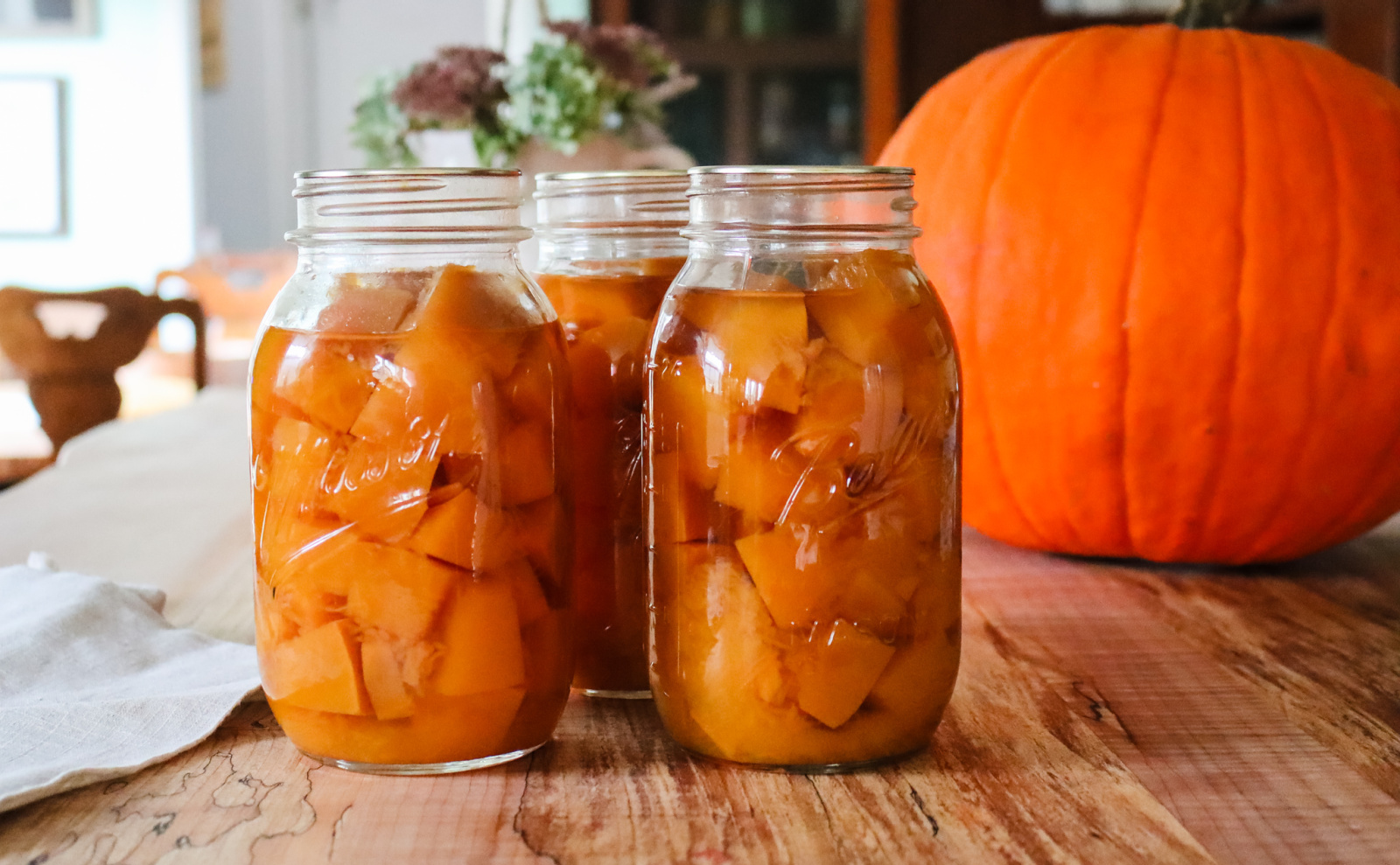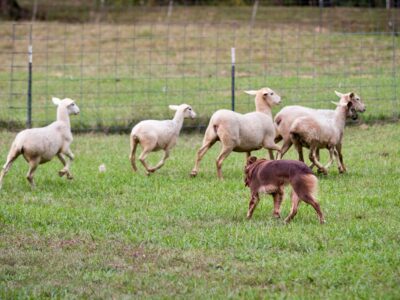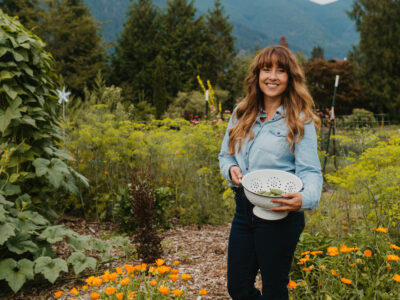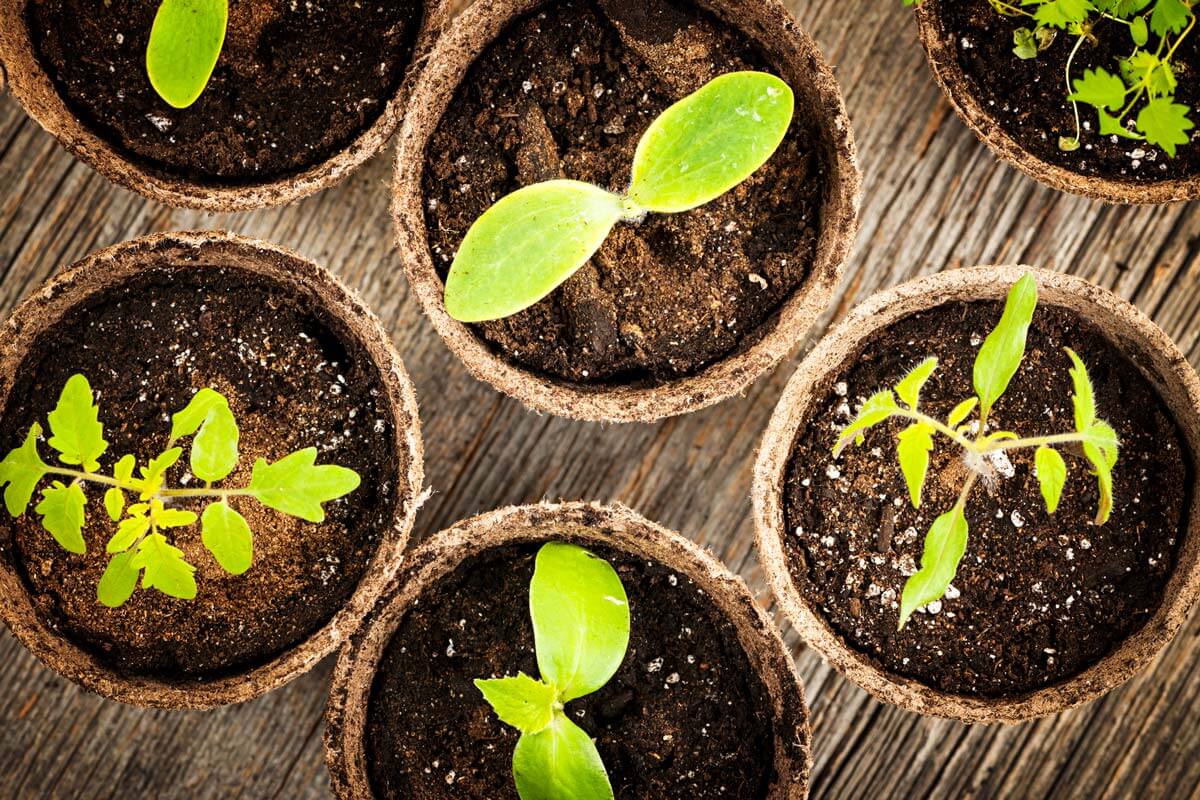There are very few things in life more rewarding than the ability to grow your own food. When you cook and eat organic, homegrown food, it improves your health and makes you feel better overall.

It can bring your family closer together as you work side by side, and it brings you closer to God and nature. Plus, you can save money on your grocery bill. Can I get an amen?
Top Reasons To Grow Your Own Food
This post was originally written from an old episode of the Pioneering Today Podcast (episode #24, 10 Easy Tips to Grow Your Own Food) but has been updated with more podcasts!
Below you’ll find Pioneering Today Podcast episodes #379, #247 – How to Grow Your Own Food Q&A, and my very first podcast, episode #1 – Benefits of Growing Your Own Food.
The new podcast contains information about my Backyard Gardening Systems course, which you’ll definitely want to check out if your goal is to grow food for your family to offset the grocery store.
If you’ve never grown your own fruits and vegetables or had a garden, it can feel a little intimidating. In this post, you’ll learn the 15 tips for growing a successful, high-yield garden.
There is so much information available, and it can be confusing to understand and decipher through so many different avenues of advice, knowledge, and opinions.
So many of the convenience foods we eat today are just not good for us. We have become a culture of “grab and go” and lost the value of slowing down and getting our hands dirty.
Read about my journey through a health scare, and my experience of healing my body by adjusting my diet and paying attention to the foods I was eating.
I became aware of all the processed foods I was eating, and decided I wanted to eat more whole foods. Here are some of the basic ingredient swaps I made to make life easier.
Growing your own vegetables is a solution to not only health problems but also environmental and economic situations today.
Is Growing Your Own Food Worth It?

Yes, it absolutely is! If there was only one Pioneer skill I would recommend, it would be growing your own food. There are so many benefits to growing a garden:
- Nutrition – Plants develop more nutrients the longer they are left on the vine or in the soil. Commercial produce has to be harvested before it’s ripe, so the nutritional content of store-bought produce will always be inferior to the vegetables you grew and allowed to fully ripen. Additionally, homegrown vegetables are in their rawest form. The foods we get at the grocery stores go through a long process of harvesting, packaging, and shipping. For certain items, preservatives are added to help the food stay fresh longer, but those preservatives can be detrimental to our health.
- Flavor – When I learned how to plant and grow strawberries, I was so disappointed when I purchased store-bought strawberries only to find they had no flavor at all. When growing your own food, you will immediately taste the difference between garden-fresh produce, and produce from the store. In fact, I have had people tell me they always hated certain vegetables until they tried them homegrown!
- Exercise – Taking in all that fresh air, working in the sunshine, and keeping our bodies moving while we do it is the best form of exercise I can think of. Not to mention soaking up all that amazing vitamin D!
- Family Bonding – Children love to be outdoors and in the dirt. Gardening provides both of those elements. Because there are so many different tasks in gardening, they can be tailored to include any age. As a bonus, children become more likely to try new vegetables when they have been part of the growing process. Whether it’s your own children or your grandchildren, gardening together is worth the time spent for the bonding time alone.
- Environment – When you grow your own food, you don’t have to use chemicals for weed and pest control. Try building your own compost and reap the benefits of better soil which can help combat disease, pests, and weeds. Read through my post on organic garden pest control to learn more about natural ways of ridding your garden of pests.
- Saving money – Seeds are not very expensive. Starting your own seeds indoors and growing your own produce will save you a lot of money on your grocery bill. Pro Tip: Purchase heirloom seeds and learn to save vegetable seeds from year to year and you’ll save even more!
What You Need To Do To Prepare To Grow Your Own Food
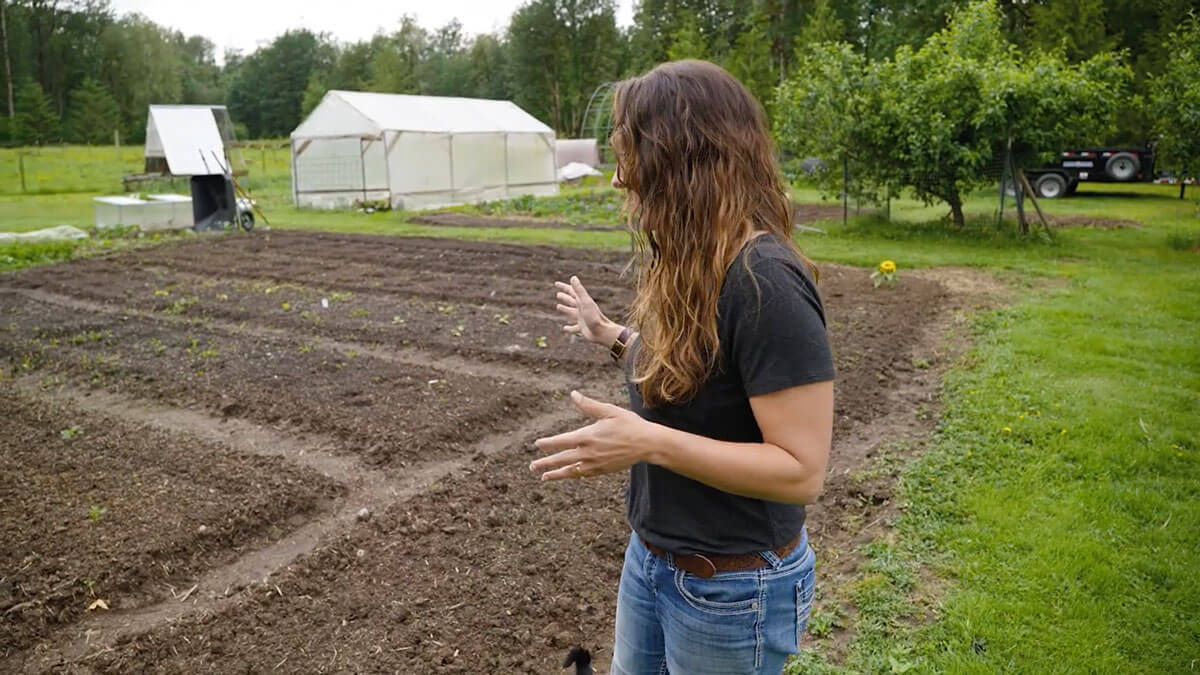
Know Where to Plant
- Level – Your garden spot needs to be fairly level. You don’t want it to be at the bottom of a hill because it will get swamped or flooded out by heavy rain. And the top of a hill or on a slope isn’t good because the water will run off, leaving thirsty plants.
- Runoff – Make sure your garden isn’t near property lines or where you’d get unwanted runoff or contamination.
- Full Sun – Vegetables need at least 6 hours of sunlight a day in order to grow and ripen. Make sure your garden spot provides plenty of sunlight. Remember, in the middle of summer, the sun is higher in the sky. If planning your garden when your trees are bare, remember that in the summer they’ll have leaves that will create shade.
- Close to a Water Source – Most of us will need to water to a degree in the middle of summer. You don’t want miles of hose to water your garden and then have to remember to move them every time you mow the lawn. No one wants to pack water for long distances. During harvest season, you’ll want to be able to rinse your produce off, and having it near the garden is a plus. I’m a barefoot gardener and rinsing off before coming back inside saves a lot of cleaning time as well.
Know When To Plant

As a vegetable gardener, it’s important to know when to plant your seeds according to your first and last frost dates.
In order to do this, it’s a good idea to research the last frost date for your area.
If you read the back of the seed packets, it will tell you when to put your seeds out according to the last frost date.
You can check your average first and last frost dates by typing in your zip code in this handy tool from the National Gardening Association.
Pro Tip: Keep planting records for your specific garden. Watching the patterns over the years will give you a better idea of when you can plant, even more accurately than just going by the first and last frost date.
Test Soil
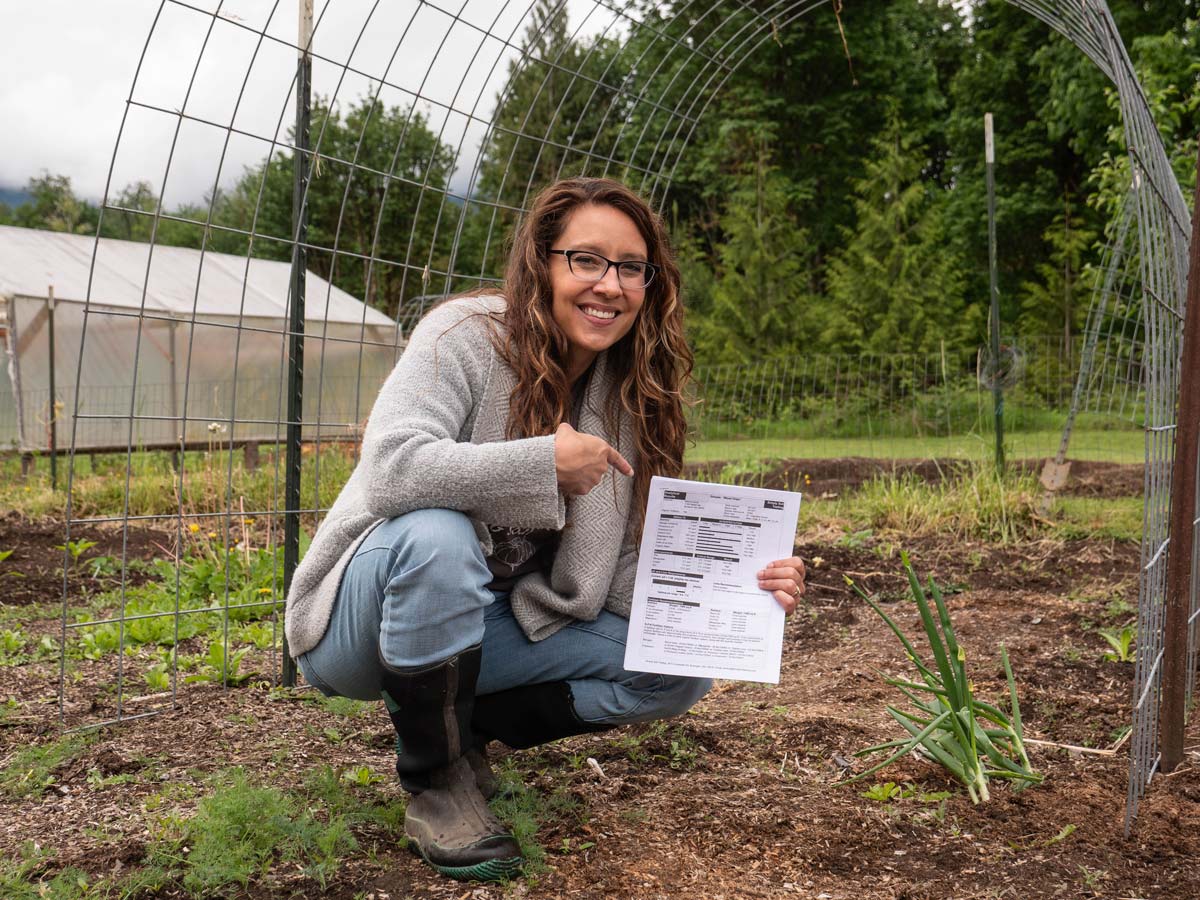
Knowing what type of soil you have is very important for the success of your garden. A pH level soil test will save you the heartache of a failed garden.
This at-home soil test kit is an easy way to test your soil, try this DIY soil test using vinegar and baking soda, or you can send a soil sample to your local extension office.
My local extension office does not test soil anymore, so I use this Redmond Soil Test instead (use code “PIONEERINGTODAY” to get 15% off your kit).
- Amend Soil – After you know the pH level in your soil, you will know how to amend it for the right balance. You can learn more about doing an at-home soil test here and how to amend for alkaline or acidic soil.
- Nitrogen Levels – For some reason, nitrogen gets a lot of credit whether you have too much or too little. Truth be told, when it comes to nitrogen, it’s a bit like Goldilocks. We don’t want too much because that can actually burn the roots of the plants, and we don’t want too little because that can cause leaves to turn yellow.
- Other Nutrients – Calcium, potassium, and magnesium are the other nutrients you’ll hear about, however, there are so many more nutrients in your soil. Soil health is sometimes where new gardeners get overwhelmed.
Beyond doing a soil test, it’s also important to know if you have sandy or clay soil (or a combination). If you lean more toward having sandy or clay soil, you’re going to want to work in some organic matter.
Organic matter can be compost, cover crop or mulch. All these will break down over time and add micro and macronutrients to your soil. Read more about adding organic matter to your garden with sheet mulching here.
Buy Seed
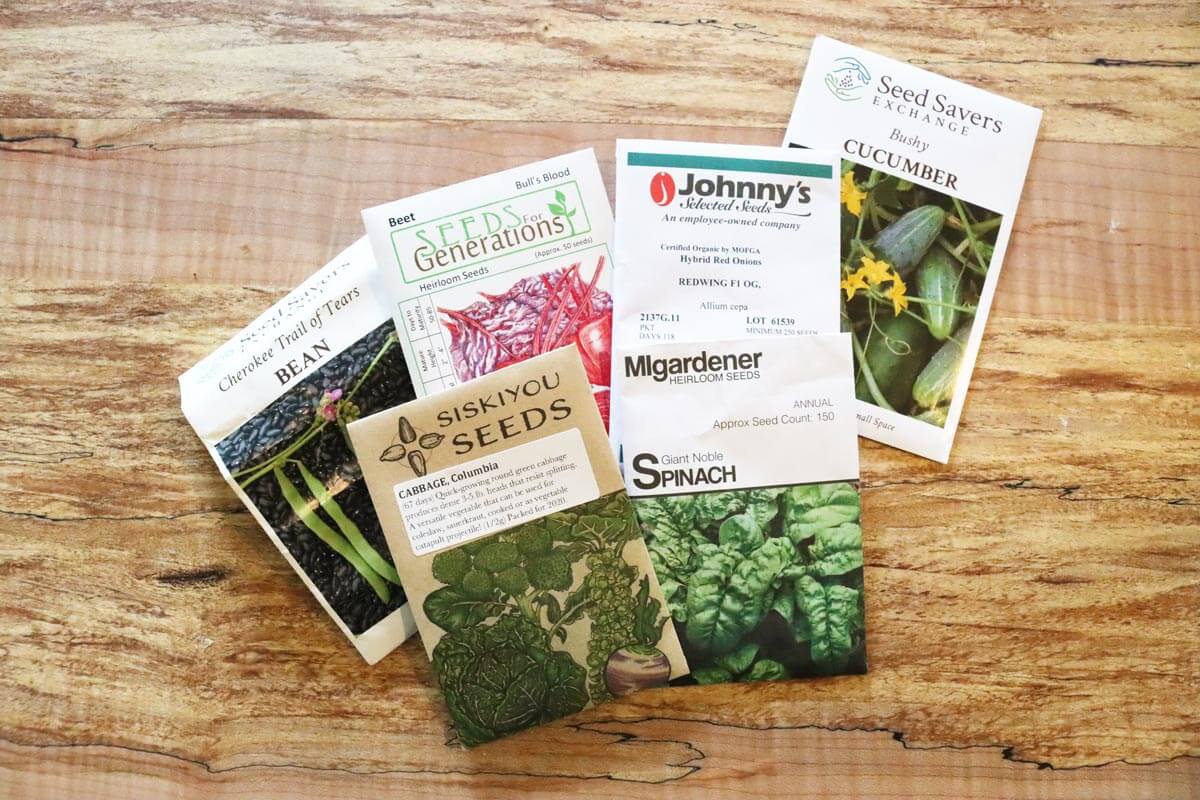
Our garden is completely planted in heirloom seeds. Our Tarheel green bean seeds have been saved and passed down in our family for over 100 years.
The companies I trust for organically grown and heirloom seeds are Baker Creek Seeds and Seeds for Generations, as well as Siskiyou Seeds, which are grown fairly locally to me.
Be sure to check out this post on where to buy heirloom seeds for even more options and information.
Plant What You Eat
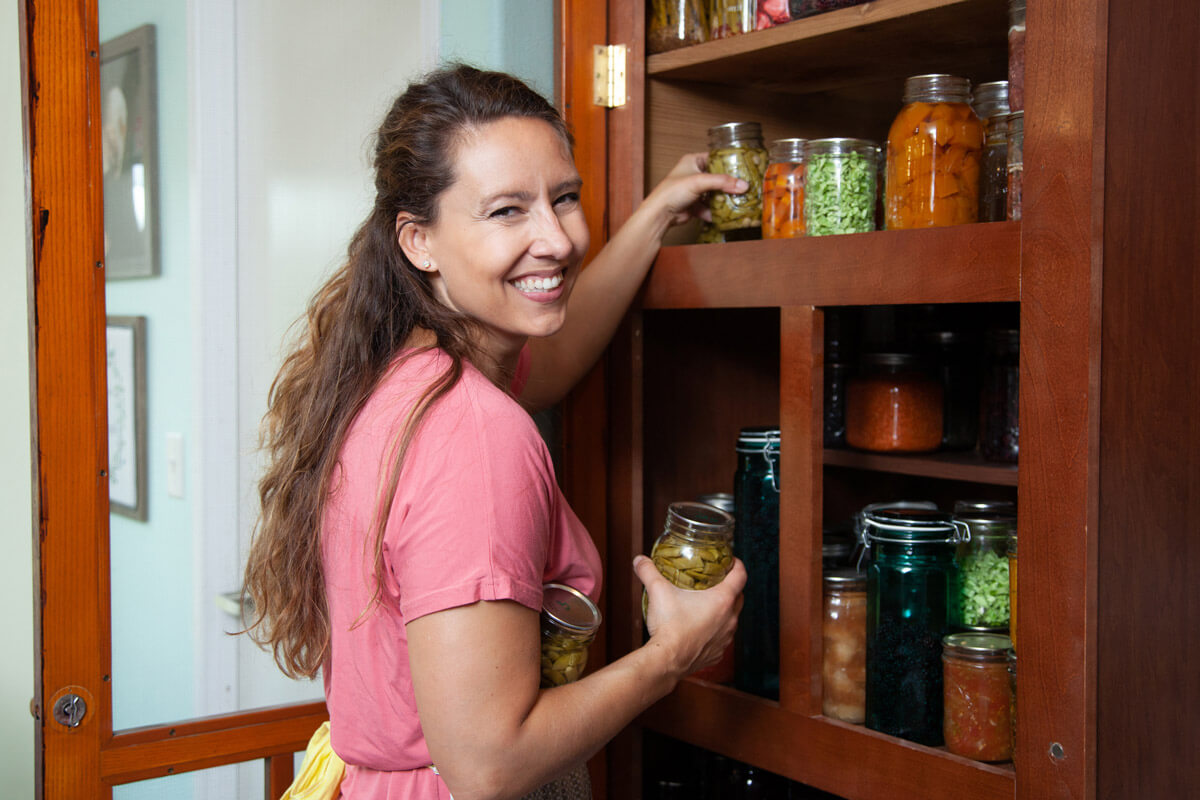
Only plant food that your family will eat. If your family eats potatoes but doesn’t like eggplant, skip the eggplant.
My bonus tip here is to keep records of what you grow! Make notes of what variety you planted, when you planted, how many plants you planted, and how much you preserved based on that amount.
The other thing you want to figure out is if you’re growing enough food for your family for the entire year (I have a blog post with charts on how much to plant per person for a year’s worth of food here).
One basic tip is to look at how much food you have left on the shelf right now and figure out how long until harvest time for that same product.
Then, decide if you have enough put up to get you through until harvest time. If not, you know you need to grow more next year. If you find you have enough for a whole other year, you know you planted too many.
Start Small
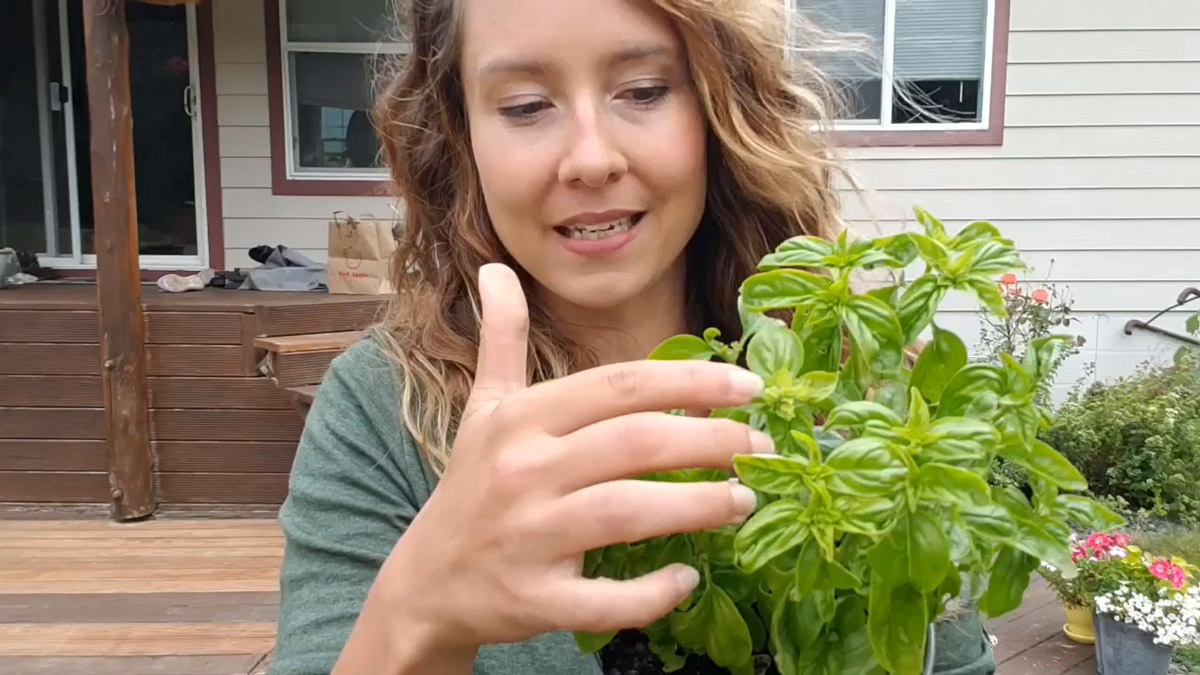
If you’re anything like me, you like to jump into new endeavors with both feet. When it comes to growing your own produce, it’s easy to go overboard.
Don’t set yourself up for failure by planting way too much. Start with the main crops your family eats and gradually add more variety as you become more comfortable with gardening.
Commit to Your Garden
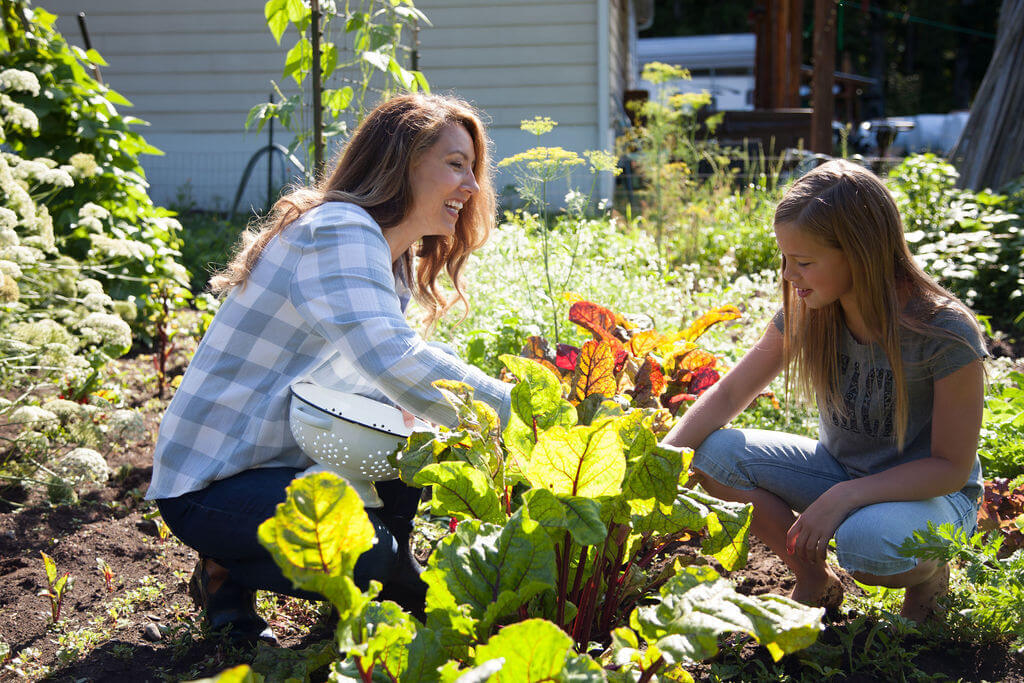
This tip goes hand in hand with starting small. A garden is a commitment and you will need to commit to spending time in your garden. The best practice is to plan on doing one garden task every day.
Some days, it might require walking through and looking over everything to make sure nothing looks damaged or diseased. On other days, you may need to be pulling weeds, watering, or harvesting.
Gardening will take a good amount of time if you want a thriving and productive harvest. Make it enjoyable! Try putting on a podcast every time you head out to your garden. Tying in something that’s rewarding with something that can be seen as a chore can suddenly make that task much more enjoyable.
Don’t Be Afraid of Failure
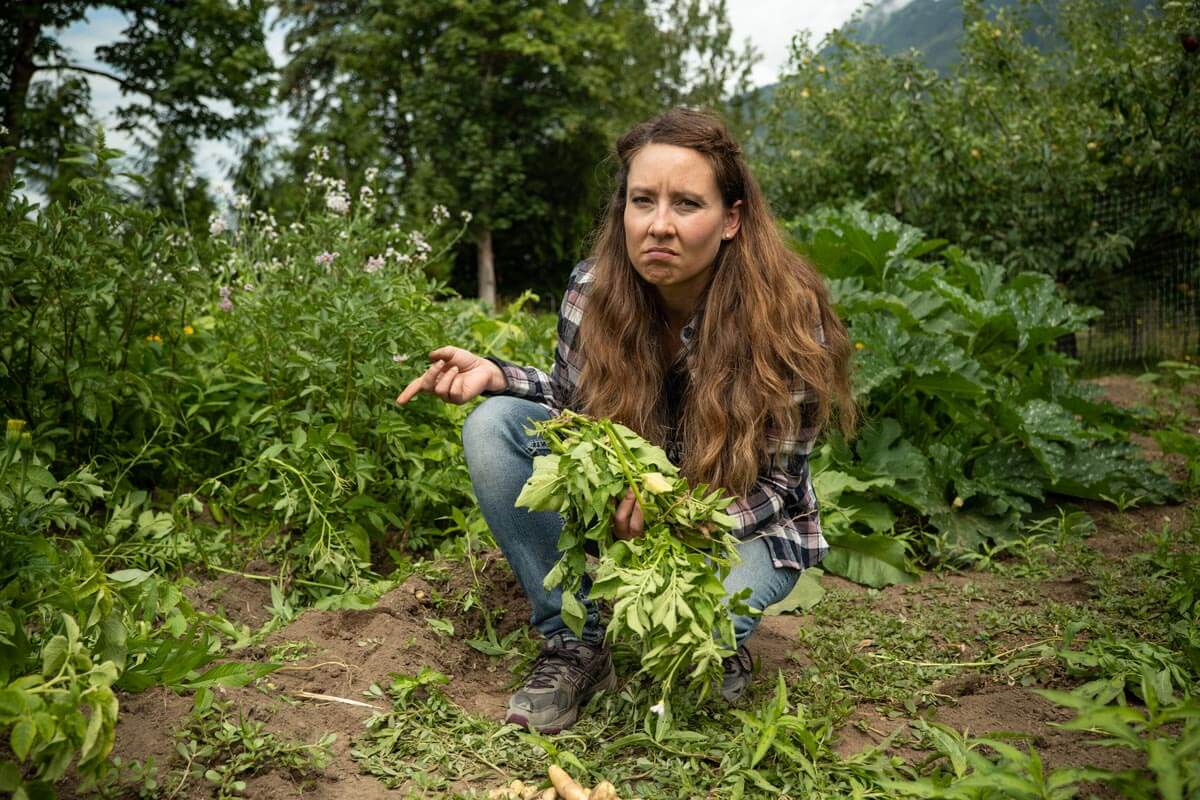
Even the most experienced gardeners have plant and crop failures. Gardening is a journey. You will learn new things every year!
If you have a total flop on your tomatoes this year, talk to other gardeners, read books, or listen to podcasts to learn what to try differently next year. Some years crops may fail due to uncontrollable events such as a hot, dry spring, or a cool, damp summer.
Everyone suffers a gardening loss, but don’t let it stop you from learning and pressing on. In 2021, I had issues with early blight of my potatoes (as you can see my disappointment in the photo above).
Don’t Let the Size of Your Space Deter You
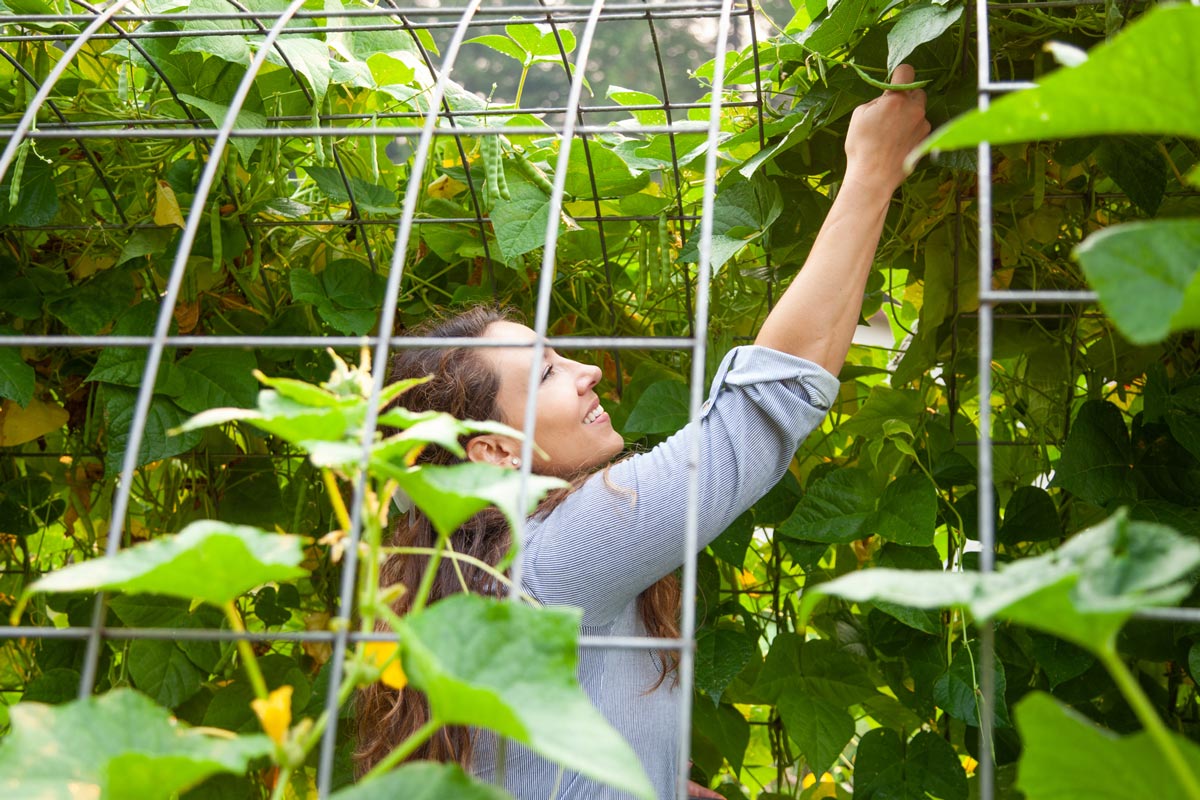
Not everyone has a huge yard or acreage for planting. If you only have a small space, try planting in containers or hanging baskets. Read my tips on growing vertically here!
Small blueberry bushes, herbs, strawberries, garlic, and tomatoes do well in containers. If you have a small backyard, use one corner of it to build raised beds.
Before you feel like you need to expand your garden space, consider growing up before growing out!
Not only can you grow more when you grow up, but for many crops, you minimize the risk of disease.
Some crops that grow well vertically are:
- Grapes
- Beans
- Peas
- Cucumbers
- Indeterminant tomatoes
- Melons*
- Winter/Summer Squash*
* Large squash or melons may need additional support when hanging from a vertical panel. You can use netting, cheesecloth, or even pantyhose to help tie up and support the melons by creating slings.
If you aren’t able to at least grow potted plants, don’t give up! Ask around with friends and neighbors to find out if anyone would be interested in sharing a space with you on a joint effort.
More and more urban communities are offering community gardens. Find out if there is one in your area, and get involved!
Focus on High-Yield Crops First
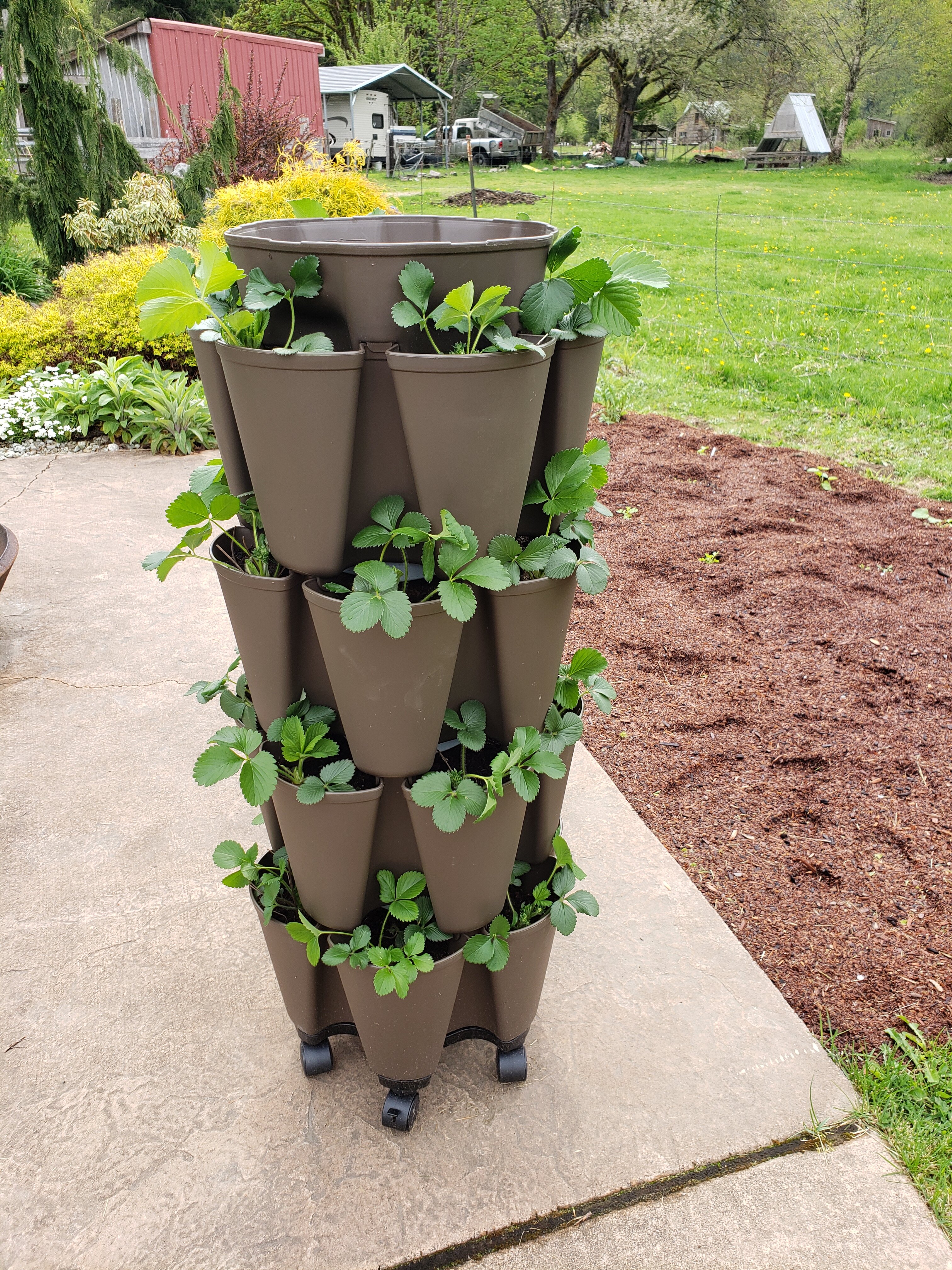
When you’re planning out a garden with limited space, think about what each seed will produce. For example, if I plant an onion or carrot seed, that seed will yield one onion or one carrot.
However, if I plant a bean or tomato seed, that one plant will produce multiple beans and tomatoes. So by focusing on high-yield crops over singular crops, you’ll immediately be increasing the quantity of food you’re bringing in from the same amount of space.
More examples of high-yield crops are:
- Beans
- Peas
- Berries
- Fruit Trees
- Peppers
- Tomatoes
- Summer & Winter Squash
These high-yield crops are also a great place to start preserving.
Customize Planting to Your Climate
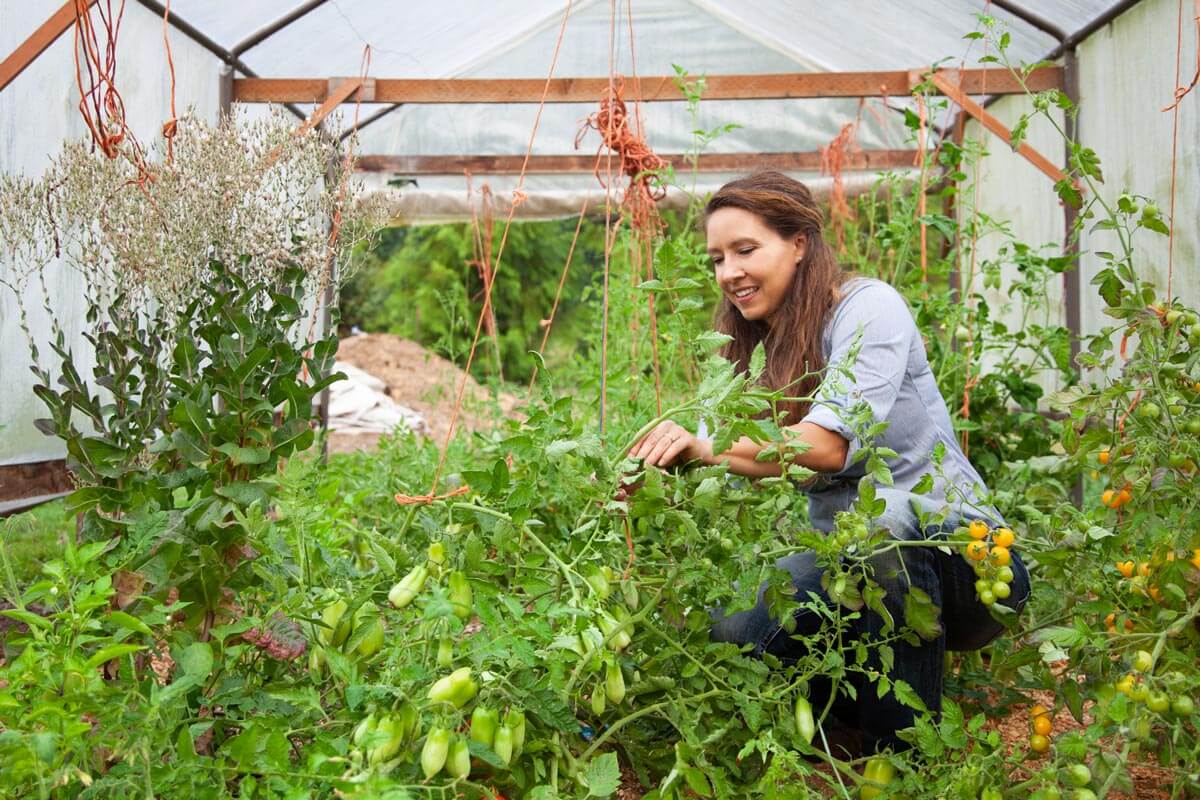
Once you decide on the crops your family actually wants to eat, and determine those that are high-yield crops, you need to ask whether the crop is something that will grow well in your climate.
If you live in the Pacific Northwest, as I do, you probably shouldn’t focus on growing okra, bananas, or citrus fruits!
Did you know that in some regions tomato plants are actually a perennial crop? However, because tomatoes can’t handle any type of frost, they’re grown as annuals here in the United States.
The USDA Growing Zones will tell you the average low temperature and this will determine which crops are able to be grown in your area (but remember, you may be able to adjust this with various season extenders and cold-weather growing methods).
Choose the Right Varieties (Read the Seed Packets!)

Because where I live has a fairly short growing season (approximately 3 months from last to first frost), I’m always looking at the seed packet information to know which variety will do best in my growing zone (learn how to read seed packets here).
For instance, if I want to grow peppers and I’m looking at different varieties, one variety might say 60 days to maturity (or harvest), and another might say 75 days to maturity. You’d better believe I’ll be buying the shorter one because this gives me over two weeks more harvest time.
Crop Rotation
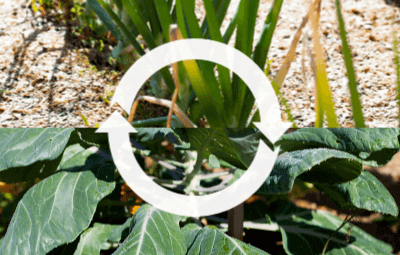
No matter the size of your garden or if you’re growing in containers, you’ll want to know the basics of crop rotation.
Crop rotation helps to eliminate disease organically without the need for sprays, pesticides, or fertilizers.
A general rule of thumb is to always rotate plants in the nightshade family. The nightshade family includes eggplant, peppers, potatoes, tomatoes and tomatillos.
After growing nightshades in one section of your garden, you don’t want to grow them in the same area for three years. The reason for this is that these crops are highly susceptible to blight. (Learn how to prevent or treat early blight here.)
Companion Planting
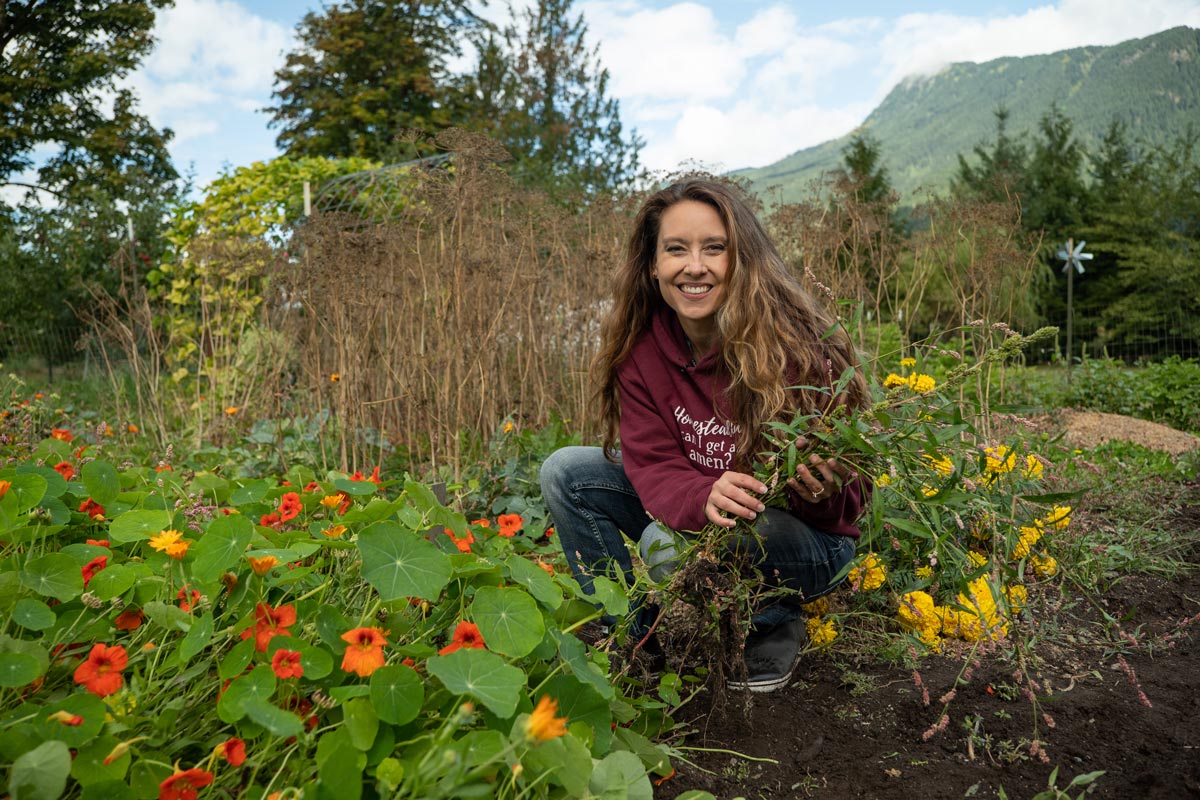
There are three ways you can approach companion planting, and it’s likely you’ll want to utilize all three methods:
- Trap Crop: A trap crop is a crop that is planted to specifically attract pests. If the pests go after the trap crop (think “sacrificial plant”), then they’ll leave the crops you’re growing to eat and preserve alone. These can either be planted as a perimeter to the crop you’re trying to protect or interspersed between the plants.
- Repellent Crop: Instead of trapping bad pests, repellent crops repel pests. For example, orange nasturtium repels cabbage moths. So if you’re planting cabbage, you’ll want to interplant nasturtiums between the cabbages.
- Attractant Crops: These are plants that actually attract beneficial insects. For instance, ladybugs will eat aphids. So if you have a problem with aphids, consider planting dill to attract ladybugs.
Inside the Backyard Gardening System Course, we go in-depth on companion planting with a list of all the different kinds of companion plants that trap and/or repel. There are also crops that have been known to improve the flavor of your crops when planted together.
Create Your Planting Plan
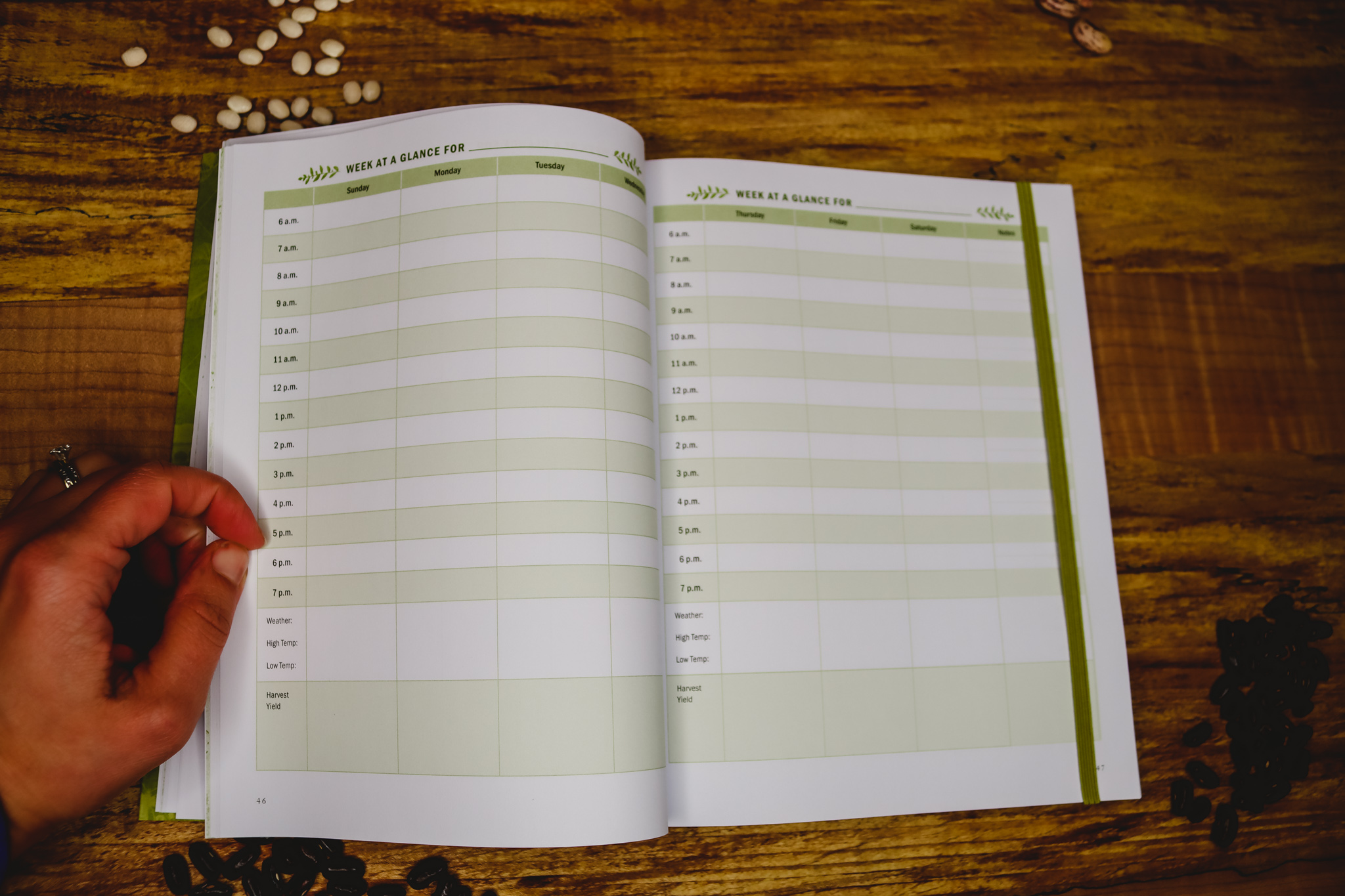
The very last tip for growing successfully growing food at home is to come up with your unique planting plan.
This may include things like direct sowing seeds, starting seeds indoors, using season extenders with cold and hot weather growing methods, buying starts, using succession planting methods (that link will get you my free succession planting guide), and intercropping methods.
Plant “starts” are plants that you find at local nurseries and even grocery stores that are ready to be planted in the garden. If you miss your ideal window for starting seeds indoors, starts can come in handy. However, they are more expensive than a packet of seeds, so they will increase your overall cost.
Backyard Gardening System Course

As I mentioned in the podcast that goes along with this blog post, I have a complete course called the Backyard Gardening System where I take you deeper into each of these 15 tips to help eliminate confusion and give you the confidence to take on this gardening year with excitement.
Resources:
- Backyard Gardening System Course
- Luster Leaf 1601 Rapitest Soil Test Kit
- Online Soil Test Resource (for those who don’t have extension offices that offer testing).
- DIY Soil Test Using Vinegar and Baking Soda
- Find Your First and Last Frost Date
- Baker Creek Heirloom Seeds
- Seeds for Generations
- Made from Scratch Life
- Using Coffee Grounds in Your Garden
- How to Plant and Grow Potatoes
- Growing Basil without Soil Indoors
- Free Heirloom Gardening Guide – Plant to Save Money
[fusebox_transcript]
